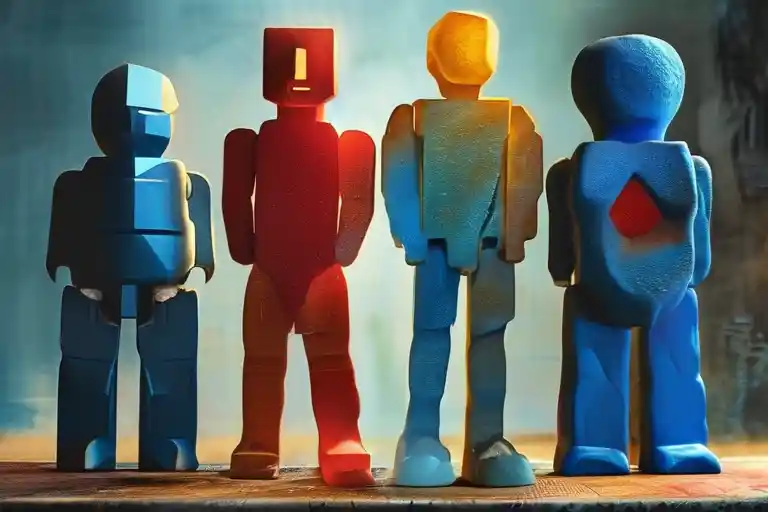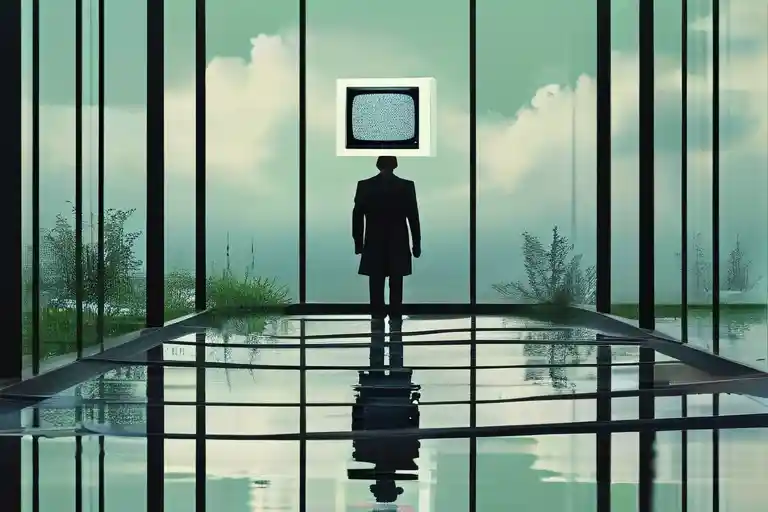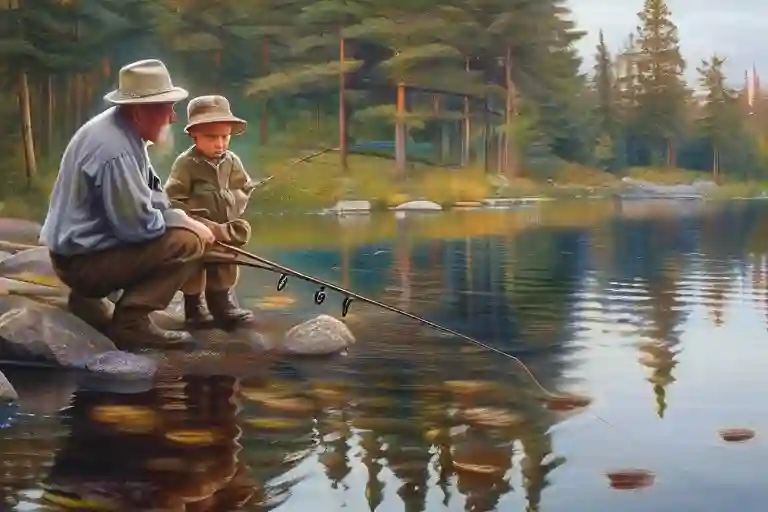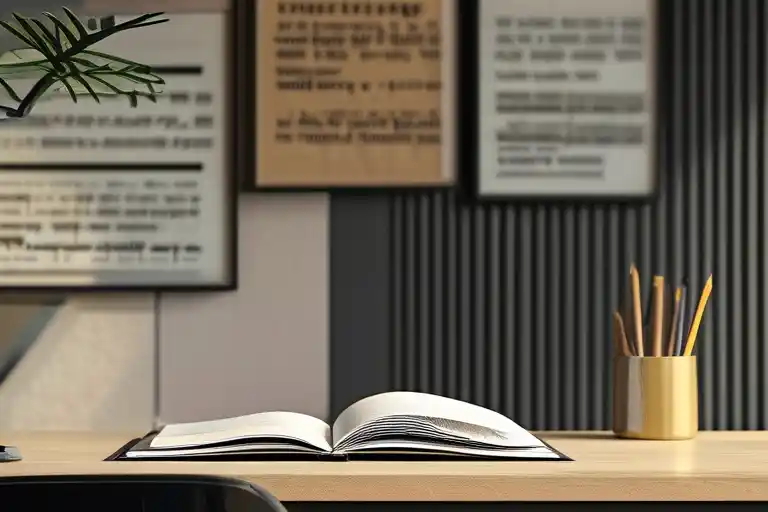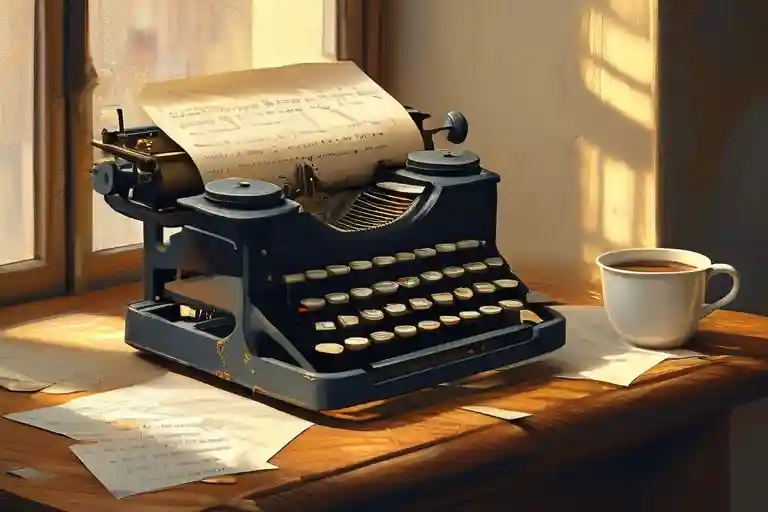Finding Truth in Scripture Through Historical Context
Finding Strength in Life’s Waiting Periods
Understanding Emotional Numbness and Finding Your Way Back
Modern Marriage Realities and How to Build Lasting Relationships
Healing from Parental Abandonment Finding Strength After Trauma
My Journey From Childhood Obsessions to Substance Dependency
Finding Strength After Being Thrown Under the Bus
The Beautiful Space Between What We Mean and What Others Understand
Peter Sellers Centenary Comic Genius Legacy and Being There
Nature Therapy Heals Mental Health Through Outdoor Connection
Kung Fu Panda Philosophy Master Oogway Wisdom
Understanding Internal ADHD in Women and Finding Self-Acceptance
Processing Pandemic Trauma Five Years Later
Waco Courthouse Justice Injustice History Architecture
Build a Sustainable Content Creation System That Actually Works
Understanding Family Estrangement Grief and Healing Journey
Writing Finds You When You Write for Yourself First
Clear Writing Is About Connection Not Perfection
Finding Meaning in Life’s Unexpected Connections
Korean Drama’s Quiet Revolution in Queer Storytelling
Recommended topics
Authenticity Boundaries Career Change Career Development Career Growth Childhood Memories Cognitive Science Communication Communication Skills Content Creation Content Strategy Creative Process Creative Writing Creativity Critical Thinking Dating Advice Decision Making Digital Detox Digital Marketing Digital Nomad Education Education Reform Emotional Boundaries Emotional Connection Emotional Growth Emotional Healing Emotional Health Emotional Intelligence Emotional Labor Emotional Recovery Emotional Resilience Emotional Wellness Entrepreneurship Family Fluency Focus Freelance Writing Friendship Grief Habit Formation Happiness Healing Healthy Boundaries Healthy Relationships Heartbreak Highly Sensitive Person Human Connection Identity Language Learning Leadership Life Lessons Life Transitions Love Memory Mental Health Mental Wellness Mindfulness Minimalism Modern Dating Morning Routine Motivation Networking Neurodiversity Neuroscience Nostalgia Parenting Passive Income Personal Branding Personal Development Personal Finance Personal Growth Philosophy Productivity Professional Development Professional Growth Psychology Relationship Advice Relationships Resilience Self-Acceptance Self-care Self-Compassion Self-Discovery Self-Improvement Self-Worth Self Improvement Social Media Social Skills Spiritual Growth Storytelling Time Management Toxic Relationships Trauma Recovery Vulnerability Wellness Work-Life Balance Work Life Balance Writing Writing Process Writing Tips






